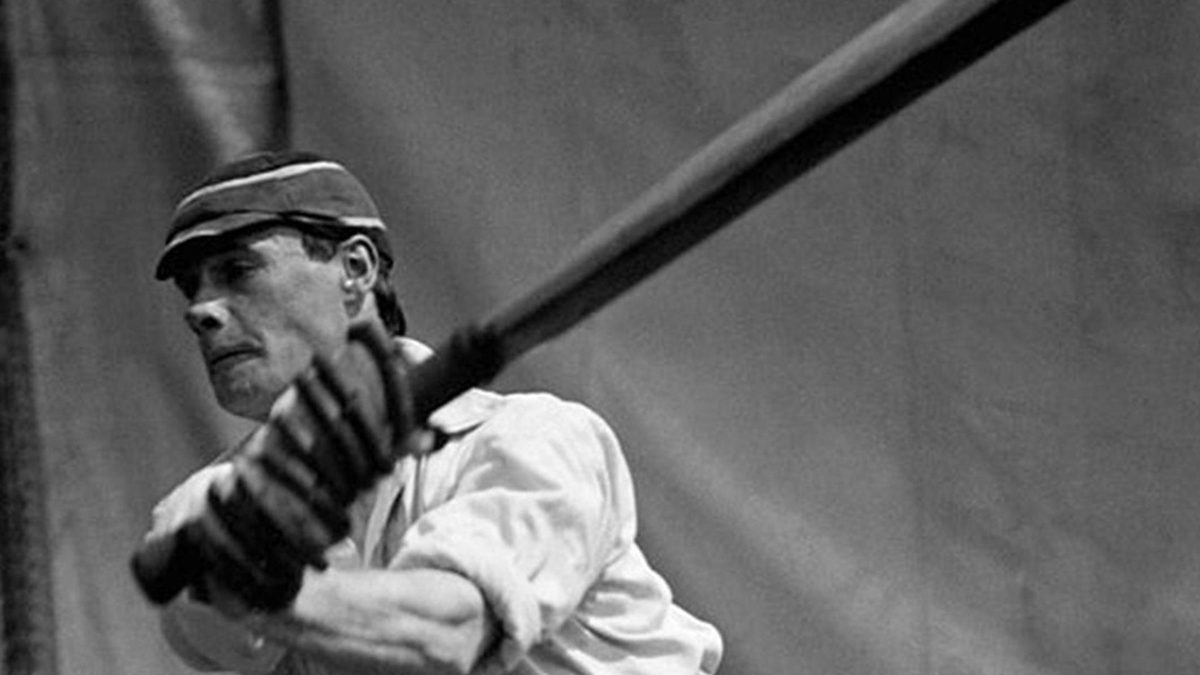
For years, it was believed that Gilbert Jessop’s 76-ball blitz at The Oval during the 1902 Ashes was the fastest Test hundred for England. However, that may not be the case.
Even without Jessop’s record, the 1902 Oval Test was part of cricket’s folklore. Chasing 263, England were 48-5 when Jessop – one of cricket’s fastest scorers – walked out and launched a characteristic counterattack, smashing a hundred in what was believed to be in 76 balls.
Despite his 104, England needed 15 when last man Wilfred Rhodes joined fellow Yorkshireman George Hirst: they got the runs. The win resulted in nationwide celebrations, for it was England’s first win against Australia in six years. They had won in Australia over this period, but the people had not seen them win.
Part of the romance around the Test (and Jessop’s innings) is due to PG Wodehouse, who had left the ground at lunch to return to his job at the Shanghai and Hong Kong Bank. He missed the innings and the last moments, and it is believed that he took up writing to prevent missing cricket again.
There is little doubt over the fact that Jessop made a rapid hundred that day. One must remember that he played the innings before 1910: back then, a batter needed to clear the stadium (and not the marked boundary) to get six runs. Jessop hit 17 fours (three of which cleared the boundary) but no six.
Play: Quiz! Can you name the batters who hit the fastest Test hundreds?
It is believed that he took 76 balls to reach three figures that day, still the English record for the fastest Test hundred. However, a new book published by The Times’ Simon Wilde has cast doubt over how many balls Jessop needed to reach three figures. Writing for The Times, Wilde explained that Jessop might have reached his hundred in even fewer balls.
How fast was England’s fastest Test hundred?
The 76-ball claim, states Wilde, rested on “an unidentified newspaper cutting in the possession of the Jessop family which contained a ball-by-ball list of the deliveries Jessop faced and how many he scored off each”. Gerald Brodribb referred to the cutting in The Croucher, Jessop’s biography.
Wilde adds that neither of the two official scorebooks has survived. Even if they had, they almost certainly did not feature “linear scoring”, which refers to ball-by-ball details for batters. Scorers typically recorded the minutes they spent at the crease. Thus, there has been lack of verifiable information for Jessop’s innings.
Wilde discovered that the newspaper cutting was from the Athletic News, a “respected sports weekly” published in Manchester, five days after the Test got over. He also found a report in a Morning Leader, London from the day after the match featuring a ball-by-ball breakdown of the innings. Morning Leader merged with The Daily News in 1912.
The ball-by-ball details in the two reports were similar, but the Morning Leader recorded fewer dot balls. Wilde added that this report was “far more detailed ... identifying who bowled each of the balls Jessop faced”. Additionally, for every dot ball, the report mentions whether he played the ball or left it – “remarkably sophisticated data for the period”.
Reconstructing the innings based on the Morning Leader’s report, Wilde concluded that Jessop took somewhere between 72 and 74 balls to reach his hundred – in other words, better than his already impressive record.
Follow Wisden for all cricket updates, including live scores, match stats, quizzes and more. Stay up to date with the latest cricket news, player updates, team standings, match highlights, video analysis and live match odds.








